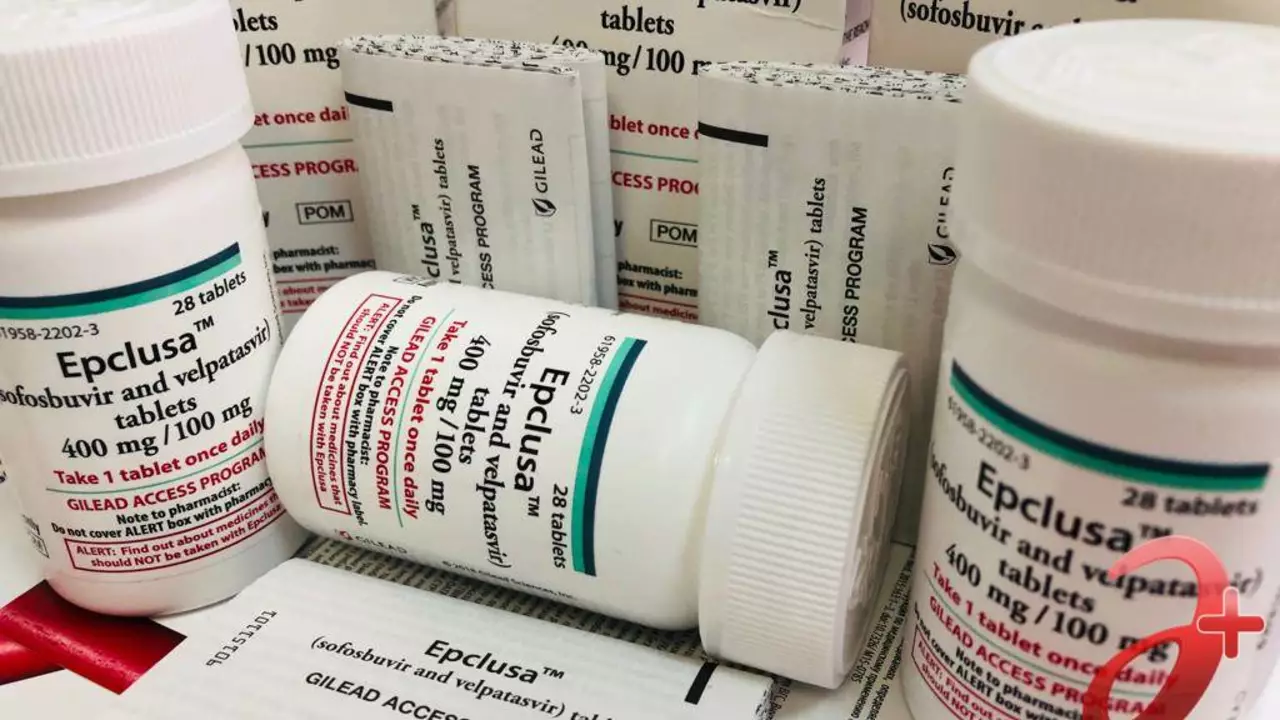Understanding Hepatitis C and its Impact
Ever since my wandering days, I've been intrigued by the mysteries of the human body and all its intricacies. So, let's kick off our shoes, stretch out on the proverbial couch, and let me unravel the magic world of Hepatitis C – a cumbersome word, no doubt, but a significant one. Believe me, it'll be as entertaining as a biochemical reality show (if that were a thing!). Hepatitis C is a viral infection that doesn't play nice with your liver. It’s like having that unwanted guest at your house party, who not only overstays their welcome but also raids your fridge and breaks your favourite teapot! Once it sets up camp, the virus gradually potshots your liver, causing inflammation and a heap of uncomfortable issues. And here’s the catcher –l oads of folks don't even know they’re hosting such a nuisance until they start to feel the effects of liver damage. Yikes!
Did you know that around 2.5-3.5 million people in the United States are rumoured to be carrying this virus in their internal jukebox? That’s a crowded party! And curiously, it seems that Baby Boomers (those born between 1945 and 1965) are more likely to be entertaining this unwanted guest. No one really knows why, but hey, it's a topic for another blog.
Hitting the Headlines: Velpatasvir
Now, on to our star of the day: Velpatasvir – the game-changing go-getter in the fight against Hepatitis C. It's like the superhero who shows up just in time to save the day from the monstrous Hep-C. I'm imagining a thematic background score, a cape fluttering in the wind, and the hepatitis virus trembling in fear; a cinematic extravaganza in the realm of cells and proteins. Too far-fetched? Bear with me.
Velpatasvir, combined with another drug called sofosbuvir, forms a combo medication branded as Epclusa. It’s reputed to show the exit door to all six major types of Hepatitis C virus. From my adventures through the literature of microbiology and pharmacology, I understand that Velpatasvir interferes with the proteins that the virus requires to replicate. Essentially, it's like deflating the enemy's tires or, in our party analogy, spiking the gate-crasher's drink. Bingo!
The Ivy-League Price Tag
But here is where the plot takes a sobering twist: our superhero Velpatasvir comes with a hefty bill. Think Ivy-League-university-tuition-fee kind of expensive. One 12-week treatment of Epclusa with Velpatasvir is tagged at around $75,000. I bet you just choked on your coffee. Yup, that's the cost of a comfortable retirement, a baby grand piano, or 37,500 cups of your favourite latte. I did the math so you don’t have to.
You might be thinking, where do pharmaceutical companies get the nerve to set the prices that high for a lifesaving drug? Well, their go-to rationalization includes the cost of research and development, manufacturing, marketing, and monitoring of medications. Now, I’m not one to throw stones but that’s like charging me for the gas used to deliver my Amazon package. Absurd, no?
Exploring Alternatives and Generics
With a cost so astronomical, can it even be justified as a worthwhile gladiator against hepatitis C in our glitzy Colosseum of healthcare? This is where the cavalry of generics ride in. To those not in the know, generic drugs are like the ‘no-name’ equivalent of your favourite brand-name cereal. Same taste (efficacy and safety in this case), but usually for a fraction of the price. Epclusa also has off-brand versions available in some countries, that cost around $500 for a course of treatment. That's a drastic cutdown, right?
But speaking of off-brand products, I remember this one embarrassing time at a party. Wanting to make a winning impression, I decided to splash on a fancy bottle of 'Armani' cologne – or so I thought. When one seasoned fashionista sniffed the fakery, I was quietly called out. Never again am I buying designer stuff from a flea market. But hey, generics in medication aren't quite the same, thankfully. They're inspected, approved, and quite legitimate, unlike my 'Armani' disaster.
Market Mechanics and Patient Assistance Programs
If you're still with me on this rollercoaster of a ride, hold on tight! Now, we will navigate the baffling world of market economics and how it influences the price of drugs like Velpatasvir. This could be enough to send most people into a deep sleep, but I’ll do my best to keep it light - insert comical juggling act here.
Broadly speaking, the pricing boils down to supply-demand dynamics, competition, market exclusivity for new drugs, negotiation powers of the payer (like the government or an insurance company), and pricing regulations - or odds are, a heady cocktail of all these. It's a complicated jig, with different regions shaking to different tunes.
On the flip side, many pharmaceutical companies come up as knights in shining armour, offering patient assistance programs. These programs are designed to help folks who can't afford their medications. In the case of Velpatasvir, the manufacturer, Gilead, has such a program for eligible patients. It's like getting a golden ticket to Willy Wonka's medicine factory!
Is it Worth the Investment?
Finally, we sail to our billion-dollar question: is Velpatasvir worth the investment for Hepatitis C treatment? Considering its impressive efficacy rates and the potential impacts of untreated Hepatitis C (read: liver failure or liver cancer), it’s a tough call.
On the one hand, no amount of money can be tagged to health and the quality of life. Our bodies are priceless masterpieces, and their health should never be compromised due to the scarcity of currency notes. On the other, there's a significant financial burden associated with these high-cost treatments, without the guarantee of a life entirely free from Hepatitis C. It's a tight rope walk.
Decisions about these treatments must be made on a case-by-case basis, considering each patient’s unique circumstances. Factors such as disease stage, overall health, genotype of the virus, insurance coverage, eligibility for patient assistance programs, and personal financial situation all play a role.
At the end of this long, winding road, what we need is a robust healthcare system, where top-tier treatments like Velpatasvir are accessible to everyone. Because health should not be a luxury item, but a universal right. And that is a fight worth fighting. Let's keep the faith, and maybe this will be more than just random blogger’s rambling one day. Until then, keep your liver happy. Cheers!







Jillian Bell
July 31, 2023 AT 20:53